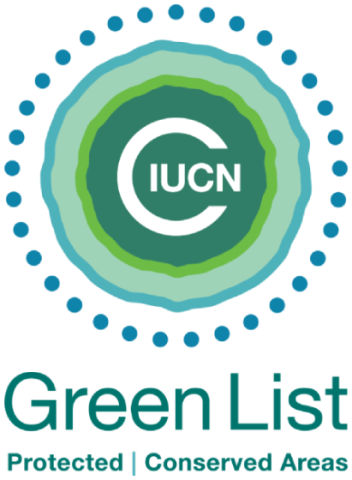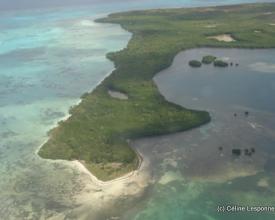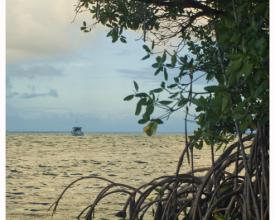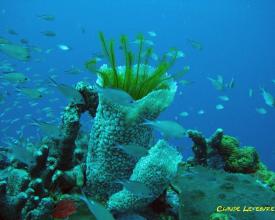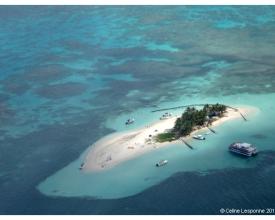
Operational intervention plan for the Grand Cul-de-Sac Marin natural area - Guadeloupe
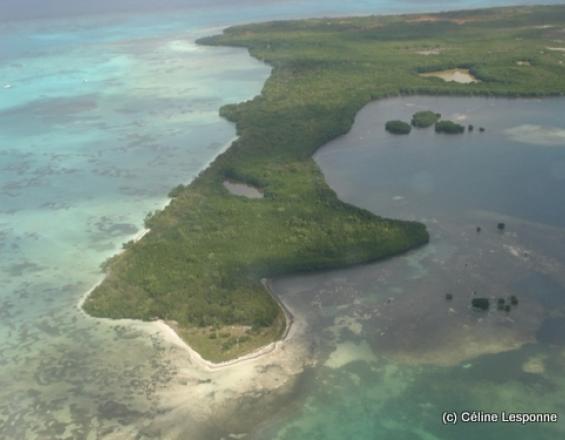
The bay of the Grand Cul-de-Sac Marin is a remarkable area that concentrates various socio-economic, cultural, biogeographical and ecological issues. It is one of the most closely monitored sites in Guadeloupe (Ramsar site in 1993, Biosphere reserve in 1994, part of which was classified as a national nature reserve in 1987, then integrated into the marine heart of the Guadeloupe National Park in 2009). Despite these provisions, the area is subject to conflicts of use, a lack of rigorous enforcement and haphazard development. The Guadeloupe National Park's territorial charter proposes shared governance of the park's territories. For this reason, the 2 main managers, the Conservatoire du littoral and the Parc national de la Guadeloupe, have drawn up a strategy for the sustainable management of visitor numbers, accompanied by concrete proposals for action, enabling activities to be better distributed according to the sensitivity of the environment and the potential of the sites.
Impacts
An action plan for 19 sites in the Grand Cul-de-Sac Marin has been defined in consultation with the various stakeholders. It comprises 36 actions divided into 6 categories: communication; reception facilities; restoration/protection of the natural environment; zoning/marking; regulations and activities. A vocational map illustrating the issues at stake, in terms of biodiversity, visitor numbers and management, specifying potential, constraints, facilities available or to be created, and maintenance and monitoring procedures, has been co-constructed.
The positive impacts are as follows:
For environmental impacts: greater awareness of the richness and fragility of natural environments and a reduction in the impact of visitor numbers on these environments, with the development of appropriate management and development tools.
Social impacts: implementation of a new form of governance in the Grand Cul-de-Sac Marin, involving the various stakeholders (users, tourism operators, local authorities, managers, etc.) and reducing conflicts of use.
In terms of economic impact: development of sustainable tourism and quality products, as well as the introduction of new measures (Barnier tax and royalties on commercial activities in the heart of the park).
